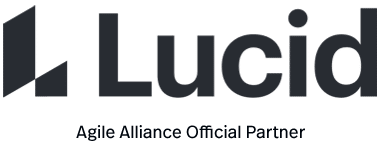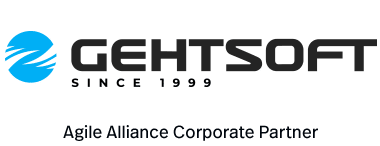Each day at the same time, the team meets so as to bring everyone up to date on the information that is vital for coordination: each team member briefly describes any “completed” contributions and any obstacles that stand in their way. Usually, Scrum’s Three Questions are used to structure discussion. The meeting is normally held in front of the task board.
This meeting is normally timeboxed to a maximum duration of 15 minutes, though this may need adjusting for larger teams. To keep the meeting short, any topic that starts a discussion is cut short, added to a “parking lot” list, and discussed in greater depth after the meeting, between the people affected by the issue.
Also Known As
- the “daily stand-up”: from Extreme Programming, which recommended participants stand up to encourage keeping the meeting short
- the “daily scrum”: by reference to the name of the Scrum framework, and alluding to the huddle-like appearance of a rugby scrum (somewhat paradoxically: see the historical note below)
- the “huddle”, “roll-call”, or any number of variants
Expected Benefits
- the daily meeting prevents a common failure mode of teams, where in the absence of an explicit occasion to share recent information, some critical knowledge may sometimes “fall through the cracks”
- regular peer-to-peer sharing of information in a short, focused and energetic meeting also contributes to team cohesion
- stand-up meetings are reliably shorter, more pleasant, and more effective than sit-down meetings
Common Pitfalls
- perhaps the most common mistake is to turn the daily meeting into a “status report” with each member reporting progress to the same person (the team’s manager, or the appointed Scrum Master) – exchanges in the daily meeting should be on a peer-to-peer basis
- a second common pitfall is a daily meeting that drags on and on; this is easy to address with a modicum of facilitation skills
- a third common issue is a team finding little value in the daily meeting, to the point where people will “forget” to have it unless the Scrum Master or project manager takes the initiative; this often reveals a lukewarm commitment to Agile
- one final common symptom: the “no problem” meeting, where no team member ever raises obstacles (“impediments” in Scrum parlance), even though the team is manifestly not delivering peak performance; this is sometimes an indication that the corporate culture makes people uncomfortable with discussing difficulties in a group setting.
Origins
- 1993: Jim Coplien writes the original StandUpMeeting pattern.
- 1994: Jim Coplien, describing his observations of the “hyperproductive” Borland Quattro Pro team, notes their reliance on almost daily meetings: “the project was made more of meetings than anything else”; this article is also cited as a strong influence on Scrum
- 1997: Ken Schwaber describes the “daily scrum” (which does not appear in his earlier writings, such as the 1995 article “SCRUM Development Process”), this is later recast in pattern form by Mike Beedle
- 1998: the “daily stand-up” is listed as one of the core practices in Extreme Programming
- 2000, ca.: the “three questions” of Scrum’s daily meeting format are largely adopted by Extreme Programming teams
- 2004-2006: the daily meeting is generalized as a core Agile practice, and with the widespread use of task boards gain one final key guideline, “hold the daily meeting near the task board” (described for instance by Tobias Mayer)
Signs of Use
Sit in on a daily meeting as an observer. This is an excellent way to learn a great deal very quickly about a team’s familiarity with Agile practices.
Further Reading
It’s not Just Standing Up, by Jason Yip (2006-2011)




